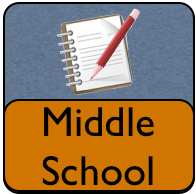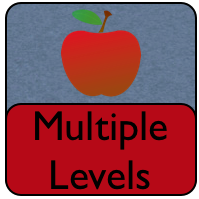In this three-day lesson students will work together in teams to examine historical maps, photographs, and documents. Students explore push and pull factors and how they affect migration patterns. This lesson provides a great introduction for students to use modern technology to analyze primary sources.
Created By: Eitan Fire, Angevine Middle School



